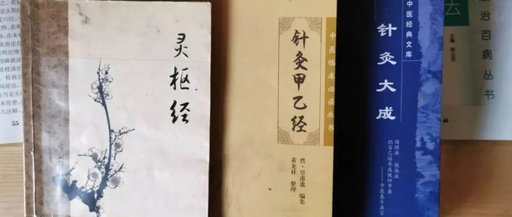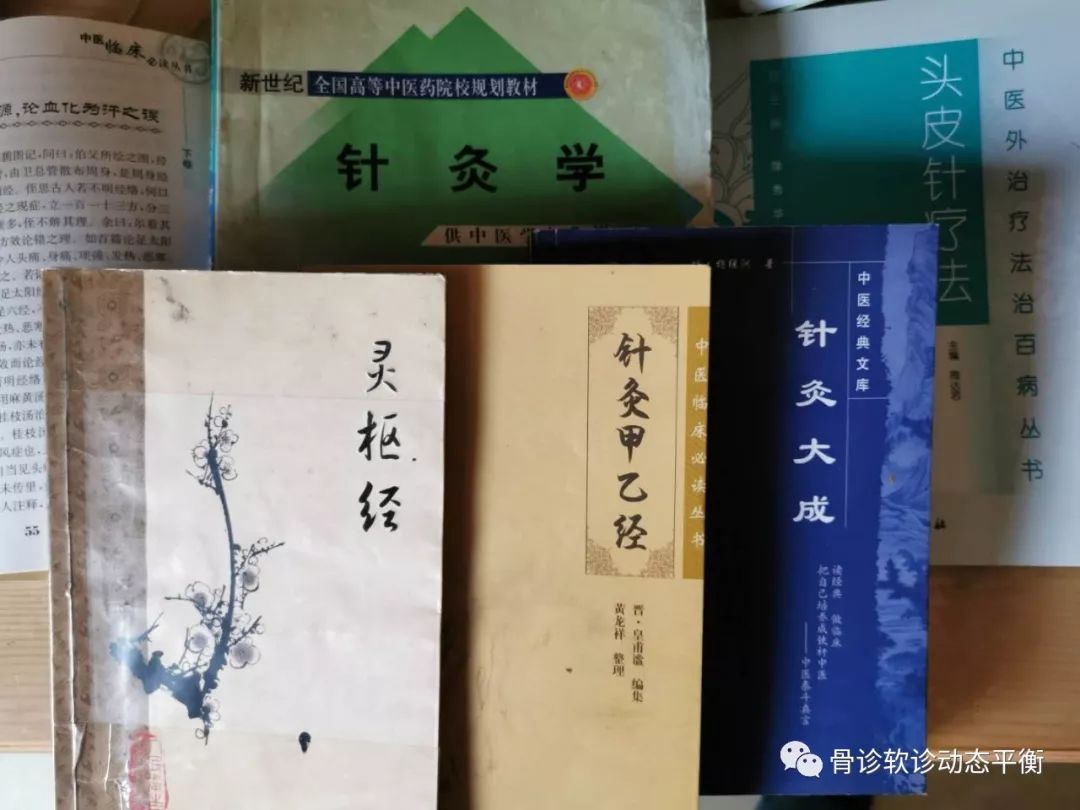

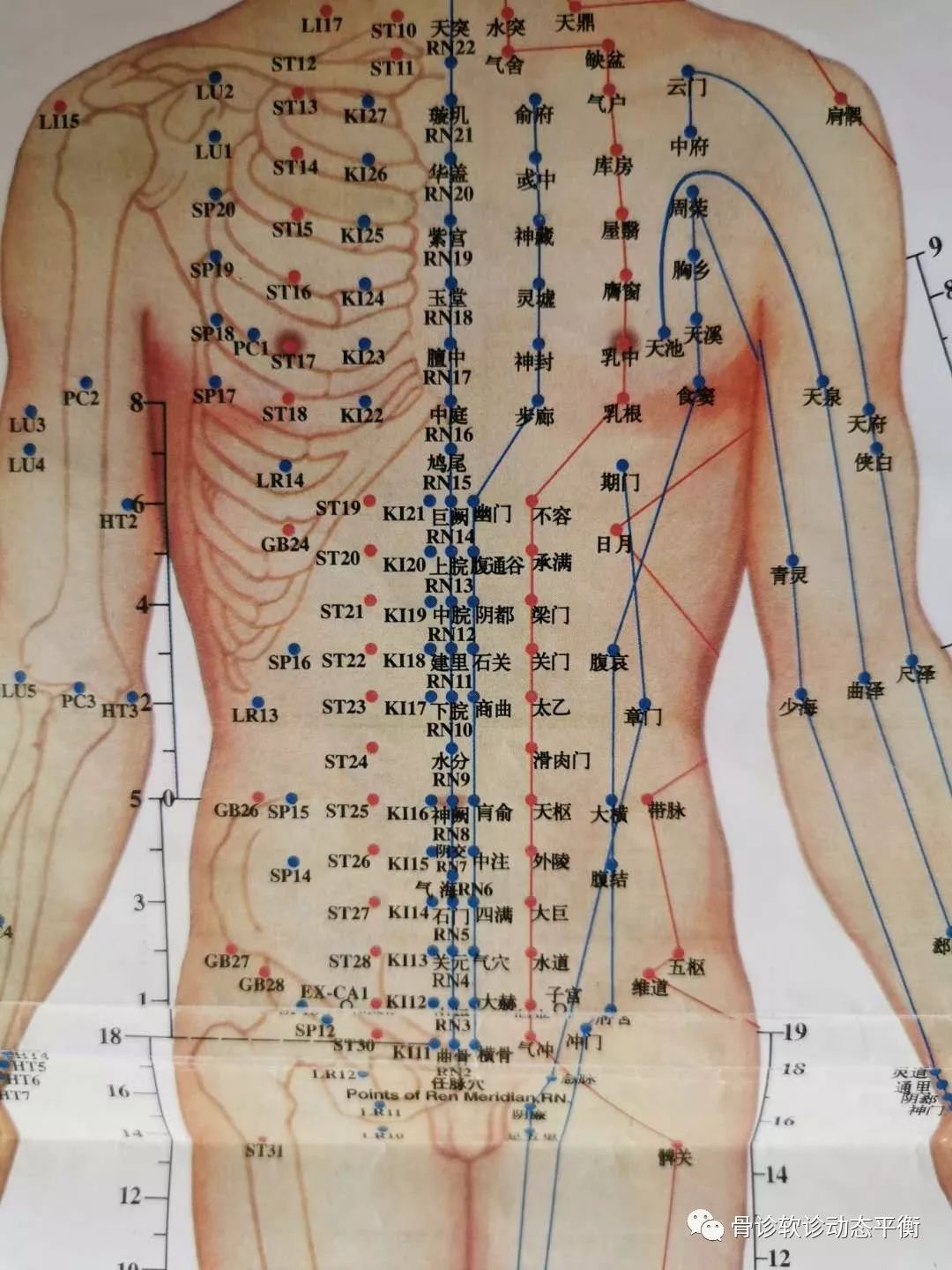
Today, let’s talk about acupuncture, specifically fine needling.
Every era is great, and now is a particularly great time, with the convergence of thoughts from both ancient and modern times. Acupuncture is also continuously being inherited and developed.
In ancient times, medicine was divided into two schools: the medical classics (医经家) and the medical prescriptions (医方家). The medical classics focused on acupuncture, moxibustion, and manipulation, directly affecting the structure of the human body, which belongs to structural therapy. The medical prescriptions involved internal medicine, herbal formulas, and prescriptions. These are two systems: one acts on the structure, similar to plowing and harrowing the land, clearing stones, etc. The other involves internal treatment, akin to irrigation and fertilization.
I am still a novice in medicine, but I have had the fortune to experience both the traditional acupuncture system and the modern system. When learning the traditional methods, I initially rejected anatomy, feeling quite confused.
When a doctor prioritizes alleviating the patient’s suffering, they will undoubtedly pursue the truth of human diseases, not rejecting objective, rigorous, and reasonable research on the physiological and pathological truths of the human body. This is how we unravel the mysteries of human diseases.
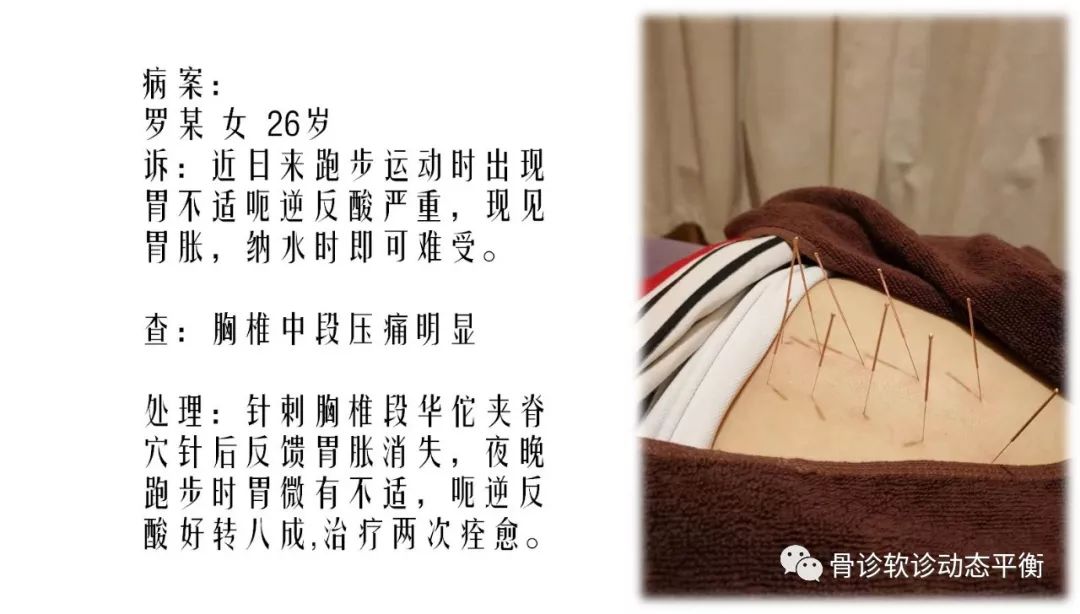
The method of acupuncture originated in ancient times, with the first systematic text being the “Lingshu” (灵枢经) from the “Huangdi Neijing” (黄帝内经), which discusses meridians in chapter ten and tendons in chapter thirteen. It divides acupuncture into two systems: the meridian and acupoint system and the tendon system.
There are even earlier records in ancient texts, continuing into modern times.
The ancient system was divided into three aspects: regulating qi and blood, regulating tendons, and regulating the spirit. The meridian and acupoint system can determine life and death; it must be unobstructed. Regulating qi with fine needles can treat visceral pain, using distal and proximal points, and fine needles can achieve this. The tendon system focuses on local treatment, where tendons have no yin or yang, no left or right, and treatment is based on the location of the disease, often requiring thicker needles.
In modern times, many names for acupuncture techniques and tools have emerged.
Since we are discussing fine needling, we should outline the entire picture of acupuncture. Fine needling is an important part of it.
Any needle is a tool; what matters is the diagnosis, where the disease is (where to treat), and the severity of the disease (the thickness of the needle).
The ancients used fine needles to regulate qi and thicker needles to regulate tendons. This is similar to the modern system’s mechanisms: fine needles are used when structural damage is not severe or non-existent. Human diseases can compensate during the first phase of muscle spasm and the second phase of mild viscoelastic tension. At this time, it is about neuromuscular regulation.
When there is severe structural damage, aging, stiffness, shortening, and thickening, thicker needles are necessary, which belong to mechanical muscle regulation.
People from ancient and modern times, as well as from different cultures, share the same understanding of structure and function, and the pathological truths remain unchanged. Although the times are different, the essence of acupuncture has not changed. The difference lies in the language and systems of different eras, all describing a physiological and pathological truth. Ancient and modern practices can seamlessly connect. To thoroughly understand the pathological truths across time and cultures, one must consider the neuromuscular and fascial-bone mechanical balance of the human body, as this is a constant across all times.
Regulating qi and tendons cannot be separated; qi and blood circulate through the layers of skin, flesh, tendons, and bones.
The ancient concept of regulating qi is directly equivalent to modern neuromuscular regulation, which can be achieved with fine needles when there is no significant structural damage or only mild damage, and the mechanical structure is not severely abnormal.
The ancient concept of regulating tendons is directly equivalent to mechanical muscle regulation, which is necessary when there is severe structural damage and significant mechanical structural abnormalities, requiring thicker needles and thermal therapy for stabilization.
Traditional and modern acupuncture must be clinically outcome-oriented; patients need relief from suffering, not just a plethora of theoretical language. Effectiveness and cure are two different matters.
I practice both traditional and modern acupuncture, using needles of various thicknesses and lengths, and I reflect on my experiences.
Let’s start with traditional fine needling, using case studies, such as back acupoints to regulate organ issues. In February of this year, I treated a case twice, and it has remained stable until now in June. In 2016, I treated a case once, and it remained stable for half a year. Both cases were labeled as stomach issues, with stomach pain and heartburn, and the treatment areas were not significantly different.
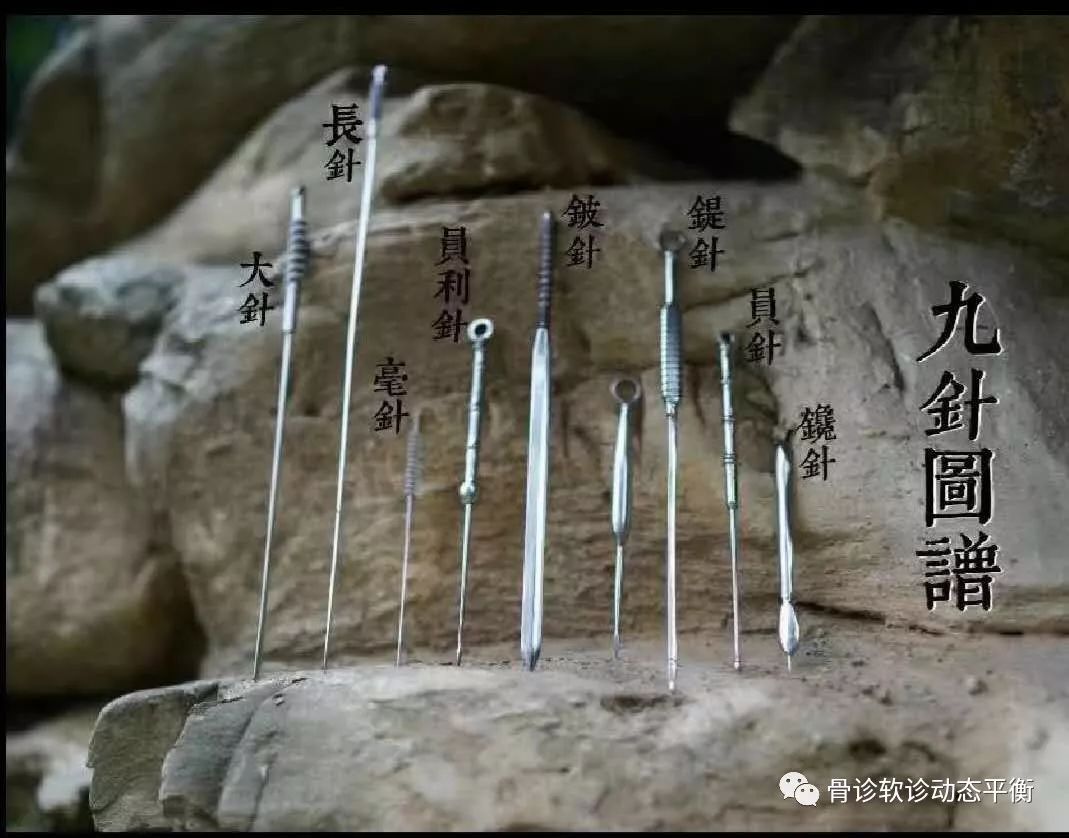
Treating just the four limbs’ shu points can also yield quick results, and combining treatments is even better.
In 2014, I treated a male patient with frequent urination, urgency, and pain, who was unresponsive to medication and IV fluids. Acupuncture at the lower he-sea point of the bladder meridian resulted in a complete recovery after one session.
In 2005, I treated a middle-aged male patient in his 40s who, during a hot summer, lay on a cool floor with a large fan blowing. He woke up in the morning with almost complete paralysis and extreme weakness. He was terrified. After acupuncture, heat therapy, and treating wind and blood, using points like Fengshi (风市), Xuehai (血海), and others, he recovered to normal within four days. At that time, I found acupuncture to be quite miraculous.
However, there were also many cases with poor or no results, which puzzled me.
In the second half of 2016, I began to study the modern system of human physiology and pathology intensely.
In modern times, many names for acupuncture techniques have emerged, from finger acupuncture to head, toe, palm, wrist, navel, abdominal, cheek, ear, eye, scalp acupuncture, and so on.

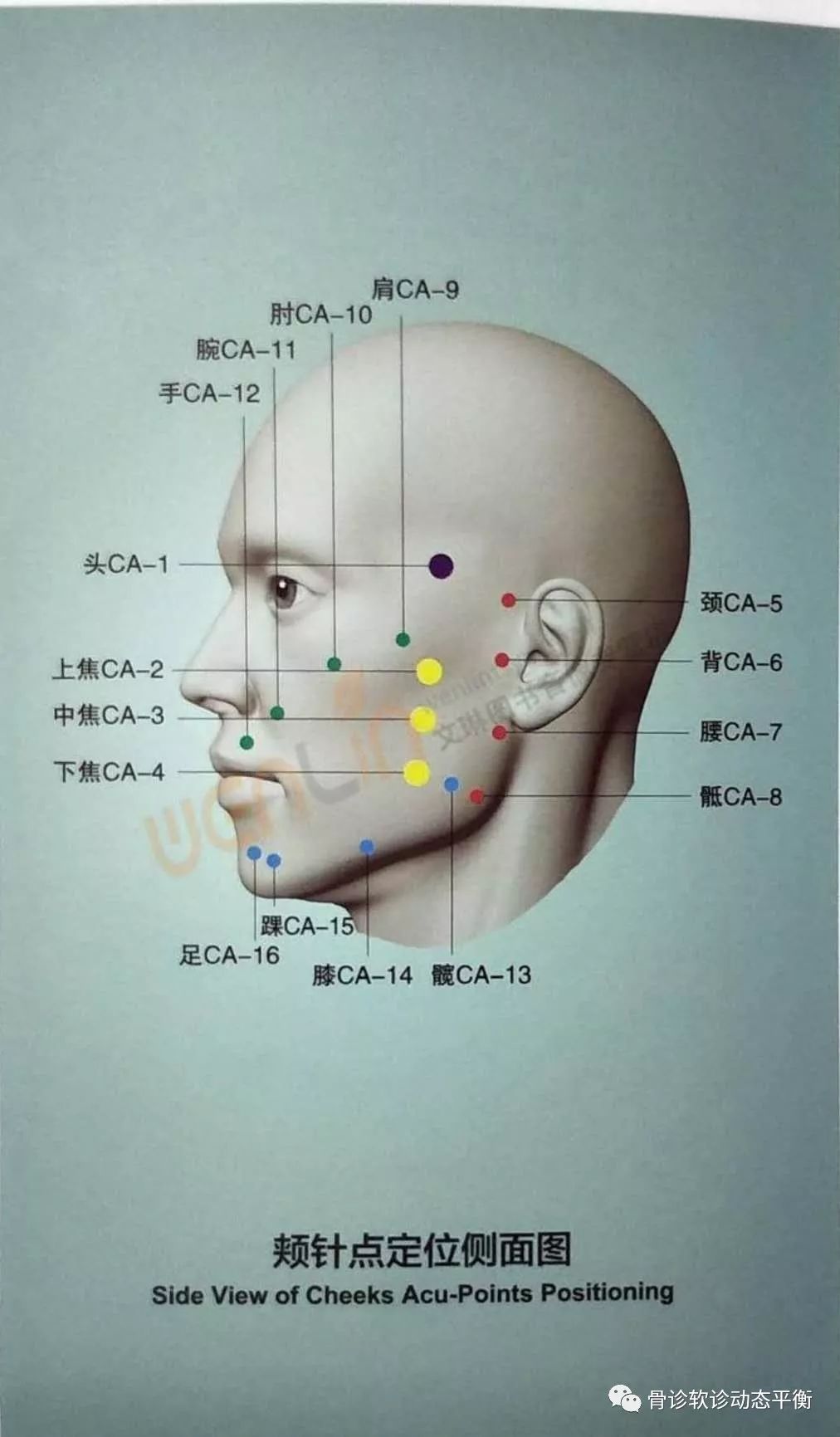
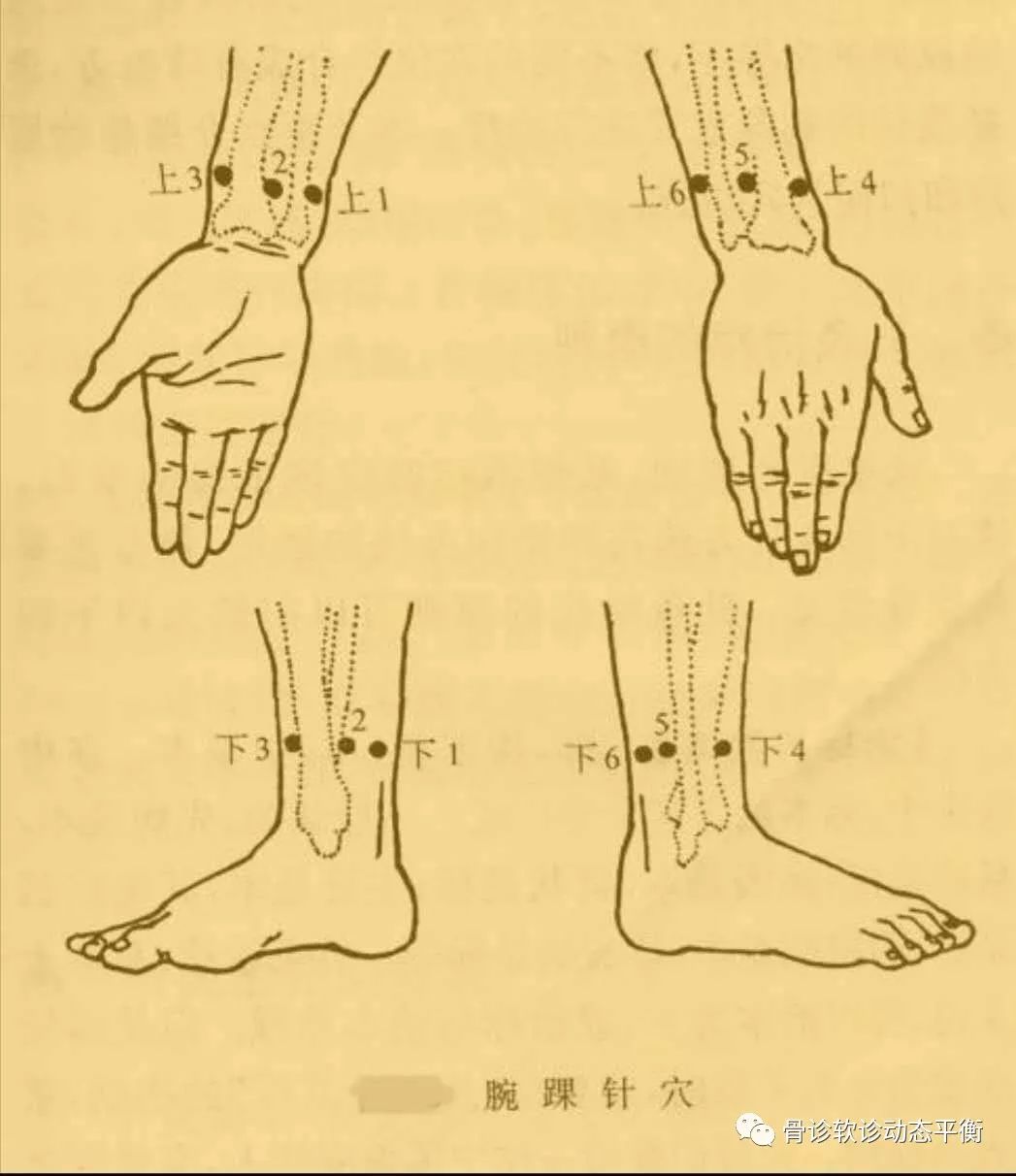
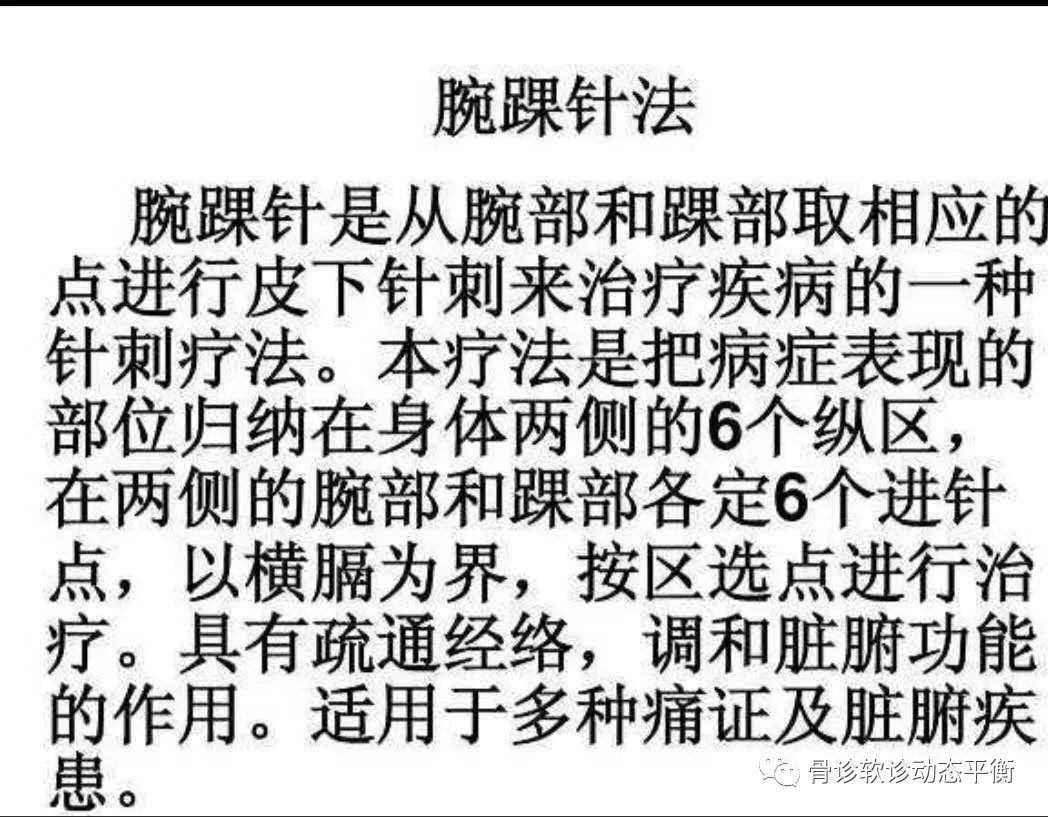
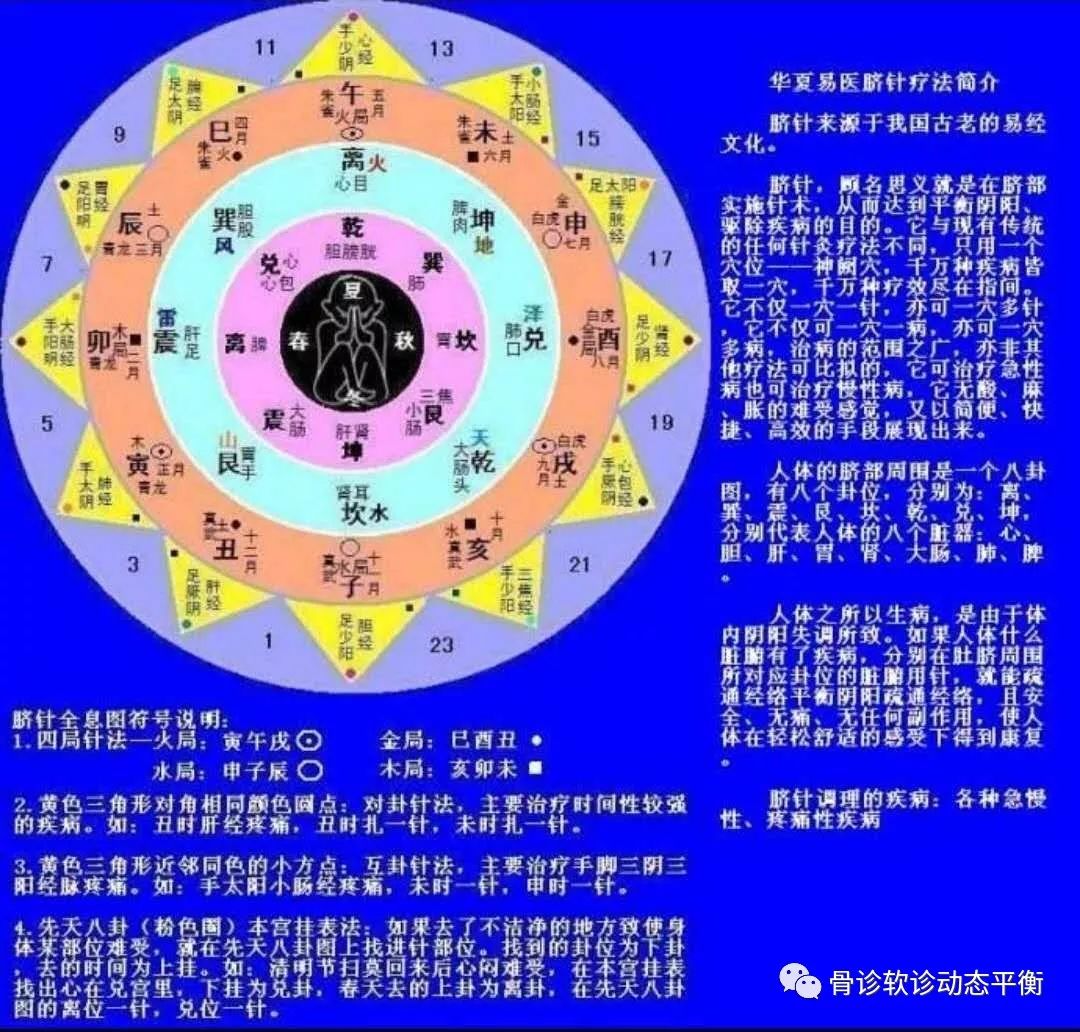

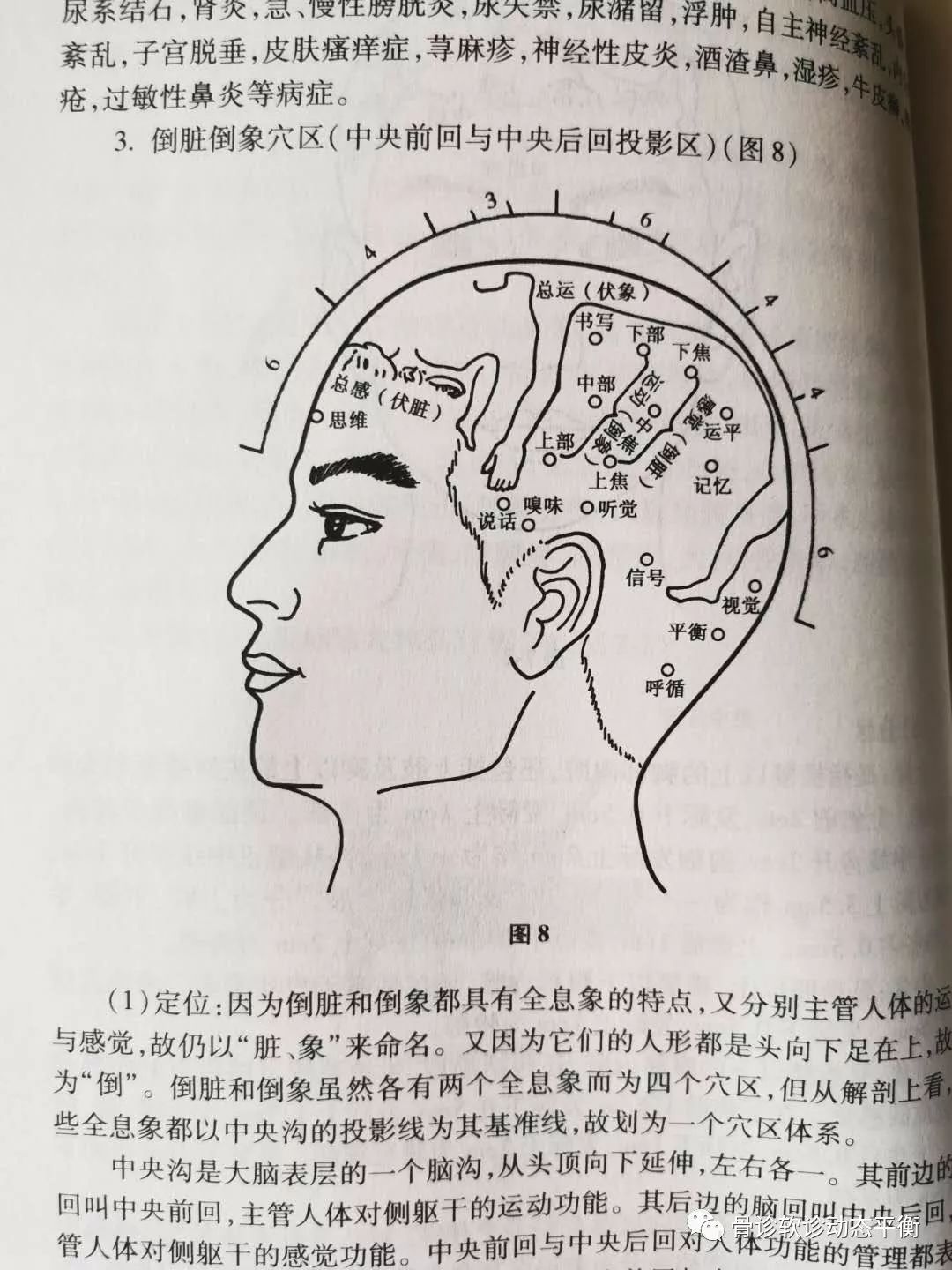
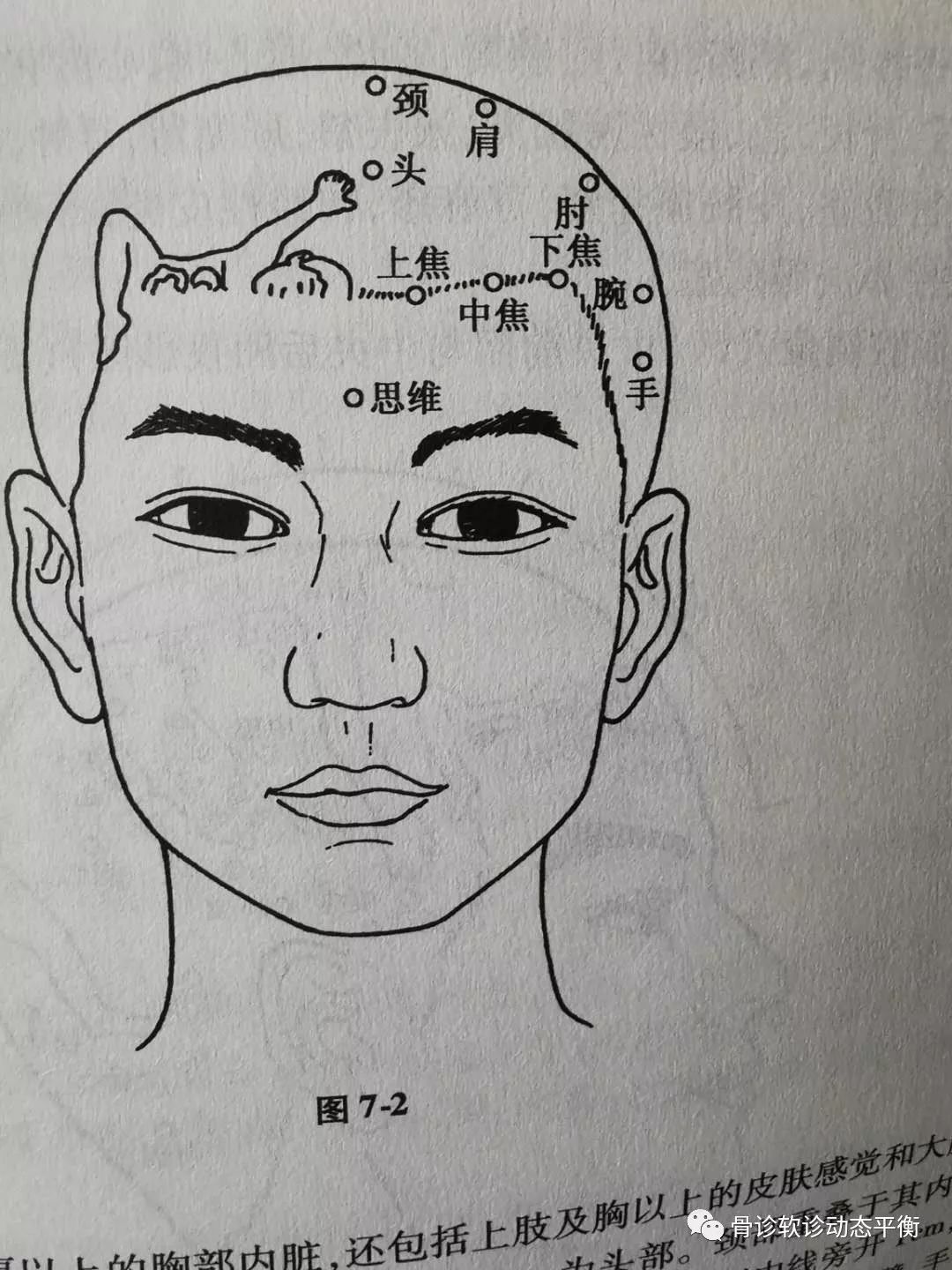
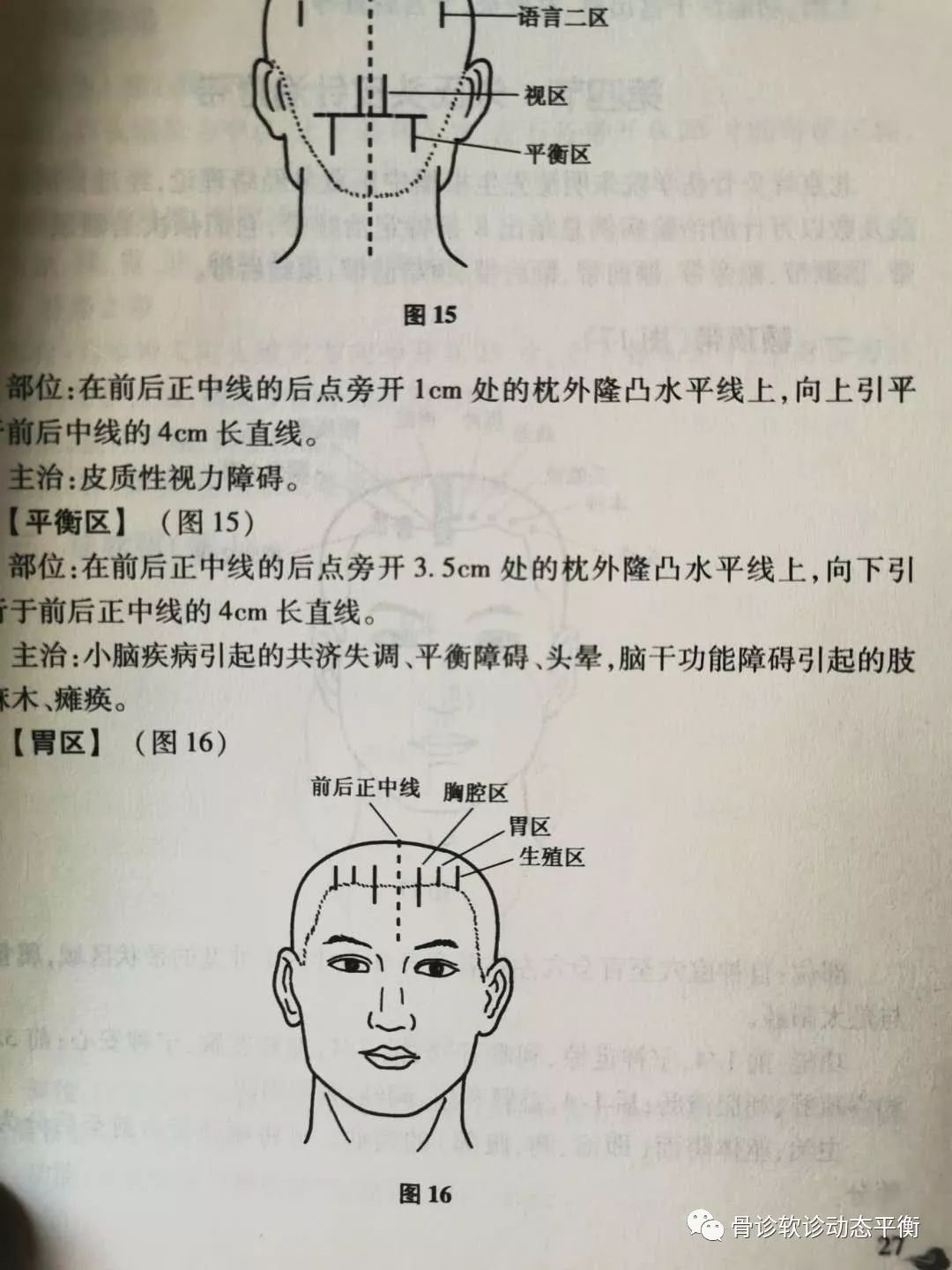
In 2016, I treated a case of a 60-year-old female patient with a left-sided craniotomy due to a cerebral hemorrhage, who had no muscle strength on the right side and a waxy complexion, with a sense of impending death during breathing. She was generally healthy before this incident. I used scalp acupuncture combined with body fine needling. The scar from the craniotomy healed. I needled near the motor area of the scalp scar and the abdomen, but not the limbs. After one session, the sense of impending death disappeared, and her complexion improved. After three sessions, she could move her lower limbs, though the upper limbs showed less improvement.
Overall, I assessed that her brain did not have severe substantive damage, and she should recover many symptoms. During the fourth session, I told her that she might be able to move her fingers today.
When needling near the motor area of the scalp scar, the abdomen was also needled. During the session, she was indeed able to move her fingers. After six sessions, she could walk with support.
I have practiced various types of fine needling and later found that, except for a few diseases where local therapies are superior, the differences in effectiveness are not significant.
Another simple example is an acute ankle sprain, where there is no significant ligament tear or fracture, but there is painful muscle spasm. For a left ankle sprain, needling two random fine needles in the right wrist can often lead to quick recovery or significant pain relief. This phenomenon was recognized by the ancients, and it is now referred to as corresponding needling. Essentially, it activates the powerful regulatory ability of the brain’s motor cortex, allowing the damaged area to harmonize through movement after needling. The key points are: first, needling should not affect the movement of the damaged area, and second, the damaged area should be active. This is a regularity and a truth in acupuncture.
When tendon issues worsen, the layers of skin and flesh become hard and stick together, leading to severe structural damage.Obstructions become too great, and qi cannot flow; thus, thicker needles are needed to open up space for qi and blood to circulate.The “Neijing” also states that tendons have no yin or yang, no left or right, and treatment is based on the location of the disease.
When the tendons are healthy or only mildly affected, there is no significant structural damage between the layers of skin, flesh, tendons, and bones, and the structural obstruction is minimal, allowing qi to flow with little resistance.
Throughout the body, whether on the scalp, fingers, or ears, using needles to regulate qi, the spirit, and qi together can be effective in treating various diseases, and fine needles can suffice. Qi can be adjusted in all directions.
——— Summary of a conversation about acupuncture with a friend yesterday
It is like
small vehicles doing small tasks
and large vehicles doing large tasks.
This means that when structural damage is in the first or second phase and mild, the complex pain caused by structural damage and internal medicine issues can be treated with fine needling, which falls within the boundaries of fine needling. The effects are quick, and it can lead to cures, belonging to specific local damage techniques, with faster results.
However, when there is severe structural damage, in the second phase of significant viscoelastic tension, diseases caused by ligament compensation can only yield effective results with fine needling, but not a complete cure. This is not due to the ineffectiveness of fine needling; it is excellent within its boundaries. The structural damage is too severe, which exceeds the range of fine needling.
The truths of acupuncture mechanisms across time and cultures can be summarized into two points:
1. Neuromuscular regulation (regulating qi) with fine needles for mild to moderate conditions.
2. Mechanical muscle regulation (regulating tendons) with thicker needles for severe conditions.
Ancient and modern practices are unified, and all methods return to the same origin.
Different thinking systems target the same objects.
There are countless methods and explanations, but ultimately, the mechanisms converge into one.
——— Teacher Wang Zhensheng
The seamless integration of acupuncture systems across time and cultures penetrates names and concepts to reach the truth. Merely reading and studying books is insufficient. Only practicing traditional acupuncture is inadequate. Only adhering to modern acupuncture systems is also insufficient.
Only through objective and rigorous study and practice of the physiological and pathological truths of the human body, experiencing both traditional and modern systems, and solid foundational knowledge can one achieve a more objective and rigorous understanding.
Those who are just starting or have only experienced one system can easily be confused by the names and language of acupuncture techniques, either finding another system mysterious or dismissing it as nonsense. They may not clearly see the boundaries of fine needling techniques and the scope of problem-solving.
I hope that those who are destined to work together will strive diligently to alleviate the suffering of patients where possible.

